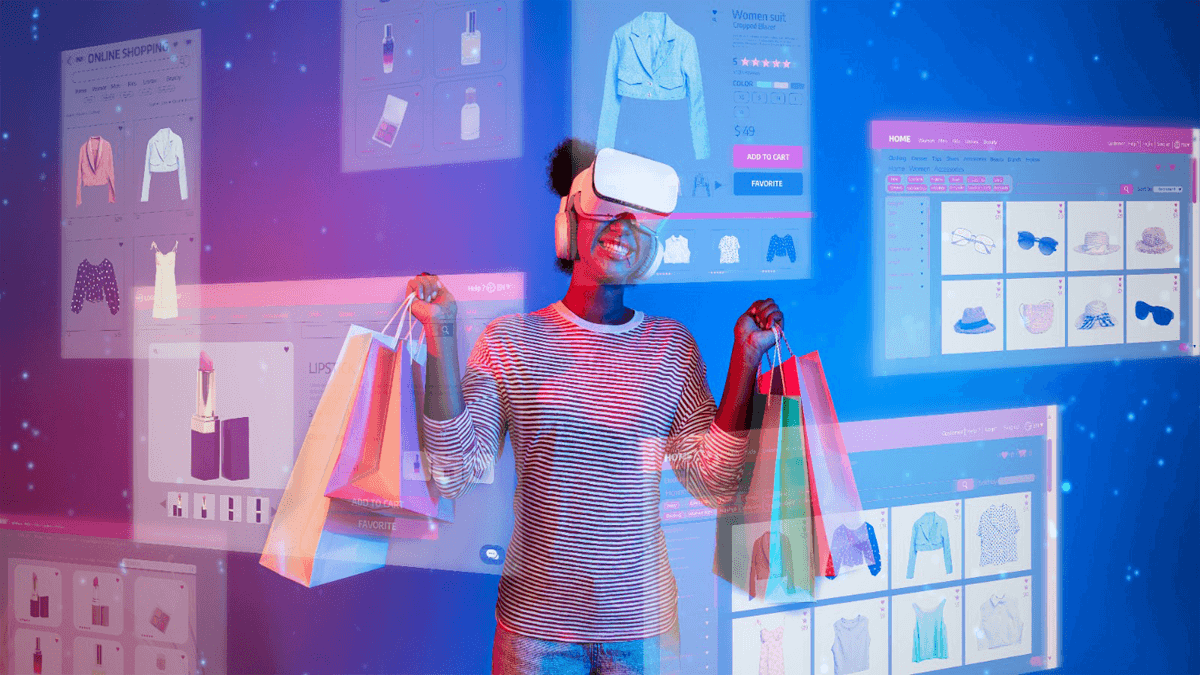You’re browsing online for a new skincare product. Instead of being bombarded by flashy ads or popups pressuring you to “Buy Now,” you come across an AI-powered skincare app, INARA, where you upload your picture for your skin analysis. Then, it shares detailed, personalised suggestions, guides you through common skincare mistakes, and even provides an interactive skin health tracker. You haven’t bought anything yet, but you already feel understood, educated, and more connected to the brand than any loud advertisement could manage.
This is the power of informative experiences, where the priority is not selling, but serving.
In today’s digital world, customer expectations have evolved rapidly. People no longer want to be “sold to”; they want to feel informed, empowered, and valued. Brands that adapt to this shift by offering meaningful, knowledge-rich interactions are not only earning trust but also creating deeper, long-term connections.
From Push to Pull: The Shift in Customer Engagement

Traditional marketing followed a push model: loud, aggressive, and one-directional. It relied on getting in front of people and convincing them to act. But with digital saturation, audiences have grown immune to such tactics. Today, engagement is about pulling people in, giving them something valuable enough that they want to stay, explore, and eventually convert.
Informative experiences offer that value. Whether it’s in the form of a tutorial, an insightful blog, an interactive quiz, a personalised calculator, or even just a well-structured FAQ, content that informs fosters curiosity, clarity, and connection.
Why Information Builds Trust?
At the core of every customer relationship lies trust. And trust, especially online, isn’t built overnight. People want to feel like they are making smart decisions. When a brand offers transparent, unbiased, and helpful content, it shows that it respects the customer’s intelligence. It shifts the dynamic from “us vs. them” to “we’re in this together.”
This is especially true in industries where purchases are emotionally or financially significant, such as health, finance, education, or lifestyle. The more complex the decision, the more customers crave guidance. And when that guidance comes without hidden motives, it creates a lasting impression.
Interactive, Personalised, and Value-Driven
The best informative experiences today aren’t just about dumping information. They’re about creating two-way interactions.
For example, imagine visiting a website and being guided through a series of questions that lead to personalised product or service recommendations. That’s far more engaging than scrolling through a generic catalogue. It saves time, adds relevance, and makes the customer feel seen.
Similarly, tools like virtual consultations, ROI calculators, onboarding demos, or even community forums allow users to explore and learn at their own pace. These tools turn passive browsers into active participants.
And here’s the magic: customers who interact deeply with content are more likely to stay loyal. Not just because they got a product, but because they gained knowledge, felt confident, and had a frictionless experience.
The Emotional Side of Information
Informative engagement isn’t just logical, it’s emotional. When people feel informed, they feel in control. And when they feel in control, they feel safe.
In an age where information overload is a real concern, the brands that can simplify complexity stand out. They become not just a service provider, but a guide. And that role of guiding rather than pushing is what customers remember.
For instance, a person exploring sustainable living. They don’t just want a product labelled “eco-friendly.” They want to know how it’s sustainable, why it matters, and what impact their purchase makes. Providing such depth creates emotional resonance and a sense of shared values.
Seamless Integration Across Touchpoints
The most effective informative experiences are integrated seamlessly across a brand’s digital touchpoints, from websites and apps to emails and social media. It’s not about having a separate “learning hub,” but about infusing every stage of the customer journey with clarity and context.
For example, a chatbot that educates users instead of simply handling complaints, or a product page that includes comparison charts, explainer videos, and customer Q&A, are small but powerful ways to educate while engaging.
Measuring the Impact
You might wonder, does all this information lead to conversions? The answer is a strong yes.
While informative experiences may not lead to instant sales, they build credibility, reduce bounce rates, increase time spent on platforms, and lead to more qualified leads. They also decrease return rates because customers make informed choices.
Over time, these touchpoints become part of a customer’s memory map, and when it’s time to make a decision, the brand that helped them understand, not just sell, is the one they’ll return to.
The Future of Engagement Is Empowerment
In the digital era, connection is no longer about proximity; it’s about relevance. Customers crave meaning, not marketing. And they reward brands that prioritise education over persuasion.
By shifting focus from transactions to transformations, from pushing products to sharing knowledge, businesses are not only engaging better but also building a culture of trust, learning, and loyalty.


